
Jason Vazquez is a staff attorney at the International Brotherhood of Teamsters. He graduated from Harvard Law School in 2023. His writing on this blog reflects his personal views and should not be attributed to the IBT.

Kevin Vazquez is a staff attorney at the International Brotherhood of Teamsters. He graduated from Harvard Law School in 2023. The opinions he expresses on this blog are his own and should not be attributed to the IBT.
On a Monday afternoon in early November 2020, Joe Biden promised a group of union members gathered near Pittsburgh that, if elected, he would be “the most pro-union president you’ve ever seen.” It’s true that the vast majority of U.S. Presidents can’t be characterized as anything remotely resembling pro-union. Nonetheless, Biden’s pledge, which he has not hesitated to reaffirm throughout his presidency, represented a bold commitment to a constituency that proved instrumental to his 2020 triumph over Donald Trump. Nearly three years into his presidency, the Scranton man insists that he has “kept that promise.” Although Biden has not had the opportunity to sign into law the statutory amendments to the NLRA many view as essential to reversing organized labor’s decades of decline, his administration, through a battery of executive actions, regulatory initiatives, and legislative packages, has delivered significant gains to the labor movement.
In his first few months as chief executive, Biden’s approach to labor issues signaled, as HuffPost remarked at the time, that he would eschew his reputation as a “consensus-making moderate” and govern instead as a “hard-nosed progressive who wants to deliver for labor unions.” Indeed, on his very first day in office, Biden, at the urging of labor advocates, removed then-General Counsel of the NLRB Peter Robb, a deeply anti-labor attorney appointed by Trump, from his post. A few weeks later, Biden signed the American Rescue Plan into law, a pandemic relief program that, in the form of direct cash payments and augmented unemployment benefits, transferred hundreds of billions of dollars from the U.S. Treasury to millions of working families. The law also included a provision rescuing hundreds of union pension plans that were on the brink of insolvency. The next month, Biden issued an executive order establishing a task force charged with mobilizing the “full authority” of the executive branch to promote labor organizing and collective bargaining, his first, but not last, presidential directive aimed at enhancing union power.
Moreover, notwithstanding partisan gridlock in the Senate, Biden and his congressional allies have managed to enact significant legislative packages celebrated by the labor movement for their worker-friendly provisions and capacity to generate high-quality blue-collar jobs and foster labor organizing. Indeed, analysts project that the 2021 Infrastructure Investment and Jobs Act, which allocates more than a trillion dollars to upgrading the nation’s roads, airports, public transit systems, and electrical grids, along with the 2022 Inflation Reduction Act, a massive federal investment in healthcare and clean energy, will together create millions of manufacturing, construction, and transportation jobs, the overwhelming majority of which will be subject to the Davis-Bacon Act’s prevailing wage mandate, and many of which will be unionized. In addition, these statutes include specific provisions designed to stimulate union organizing.
To date, however, the Biden administration’s flagship labor achievements have come not through legislation but administrative action. To replace the ousted Peter Robb, Biden installed former labor lawyer Jennifer Abruzzo, who, strongly endorsed by unions, has been remarkably effective and successful, rapidly emerging as the most pro-union GC in decades. Abruzzo has released a series of memos advising the Board to, among other things, ban captive audience meetings, expand the coverage of federal labor protections, strengthen the Board’s enforcement powers and remedial arsenal, and facilitate the union organizing process, policies which she has urged the Board to adopt in countless cases her office has prosecuted before the agency. For its part, the Board’s Democratic majority—including two Biden appointees—has proven largely receptive to the GC’s progressive proposals. The agency’s recent Cemex decision, for example, is one of several rulings and regulations the Biden Board has promulgated to facilitate organizing and collective bargaining, and its potential to meaningfully deter unlawful employer obstruction of organizing drives has excited labor proponents. Moreover, since Biden’s inauguration, the NLRB has intensified its processing of ULP charges and election petitions—and unions have prevailed in a higher percentage of such proceedings.
Beyond his legislative and regulatory agenda, Biden has consistently used his office to express solidarity with unions and enlarge their role in the public imagination. He has employed impressively pro-union rhetoric throughout his presidency—far more than any of his recent predecessors—to rally support for organized labor and underscore its centrality to an egalitarian and democratic society. Biden criticized Kellogg’s use of permanent replacements in 2021, for example, and in 2022 he publicly encouraged efforts to organize Amazon. Most dramatically, President Biden, in a historical first, joined striking UAW workers on a picket line last month.
In the last three years, organizing drives have swept across the country—from Starbucks to Amazon and beyond—and unions, deploying strikes in record numbers, have secured victories that would have been inconceivable in past decades. That Biden’s presidency has overlapped with this period of intense union activity is no coincidence—his administration’s pro-labor disposition has emboldened unions during organizing campaigns, at the bargaining table, and on the picket line. Moreover, although the credit largely rests with a new generation of militant union leaders, and the increasingly disaffected working class that propelled them to power, a degree of this surge in labor activity is surely ascribable to Biden’s redistributive economic program. “Bidenomics”—investing in the economy “from the middle out and the bottom up”—has precipitated “red hot” economic expansion, a remarkably robust labor market, record lows in unemployment, strong wage growth, and high levels of consumer spending. Such conditions have produced a fertile climate for labor militancy that has, to a large extent, bolstered unions’ capacity to secure such generational victories as the Teamsters’ “overwhelmingly lucrative” contract with UPS and the UAW’s “biggest raise in decades” from the Big Three automakers.
Biden’s presidential record on labor issues is not perfect. Of the nearly 150 judges he has named to the federal bench, only two are former union lawyers. And despite two years of Democratic majorities in both congressional chambers, Biden proved unable to engineer passage of the PRO Act. Biden also sought to avert a nationwide rail strike last year by signing a statute imposing a rejected labor agreement on railway employees, a measure which unions bitterly decried and some workers deemed a betrayal.
In the domain of labor policy, the impact of any unilateral executive or administrative action is limited. Absent labor law reform, which Biden has advocated but so far failed to deliver, union density will likely continue to hover near its historic nadir. Nevertheless, the commitment to organized labor reflected in Biden’s presidential rhetoric, executive actions, regulatory initiatives, and legislative packages represents a considerable departure from the policies of his predecessors, and has contributed to a string of exhilarating union successes since 2021. All told, although the bar is low, Biden probably is the most pro-union President we’ve ever seen.
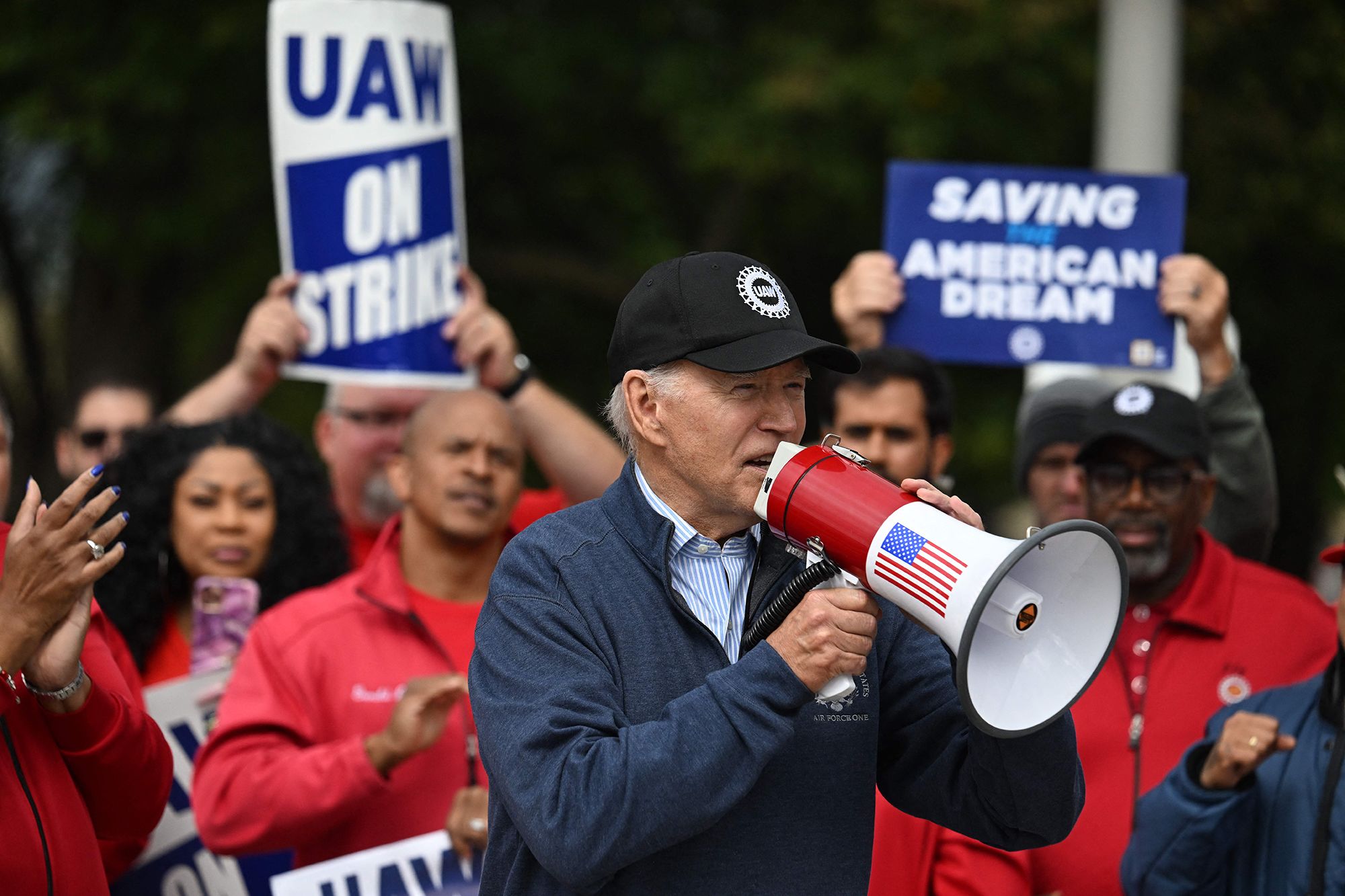
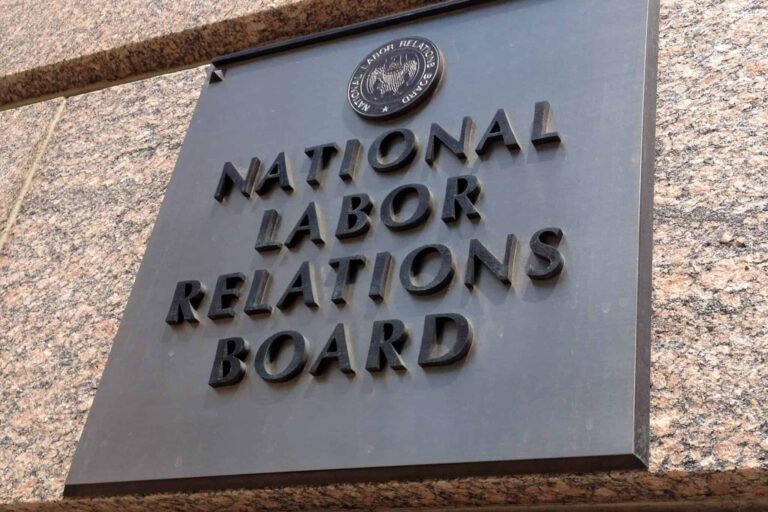


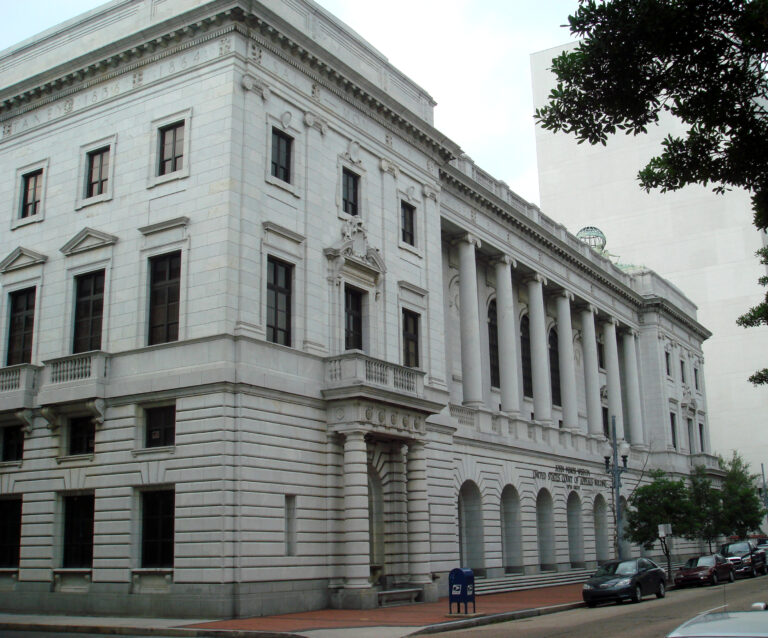

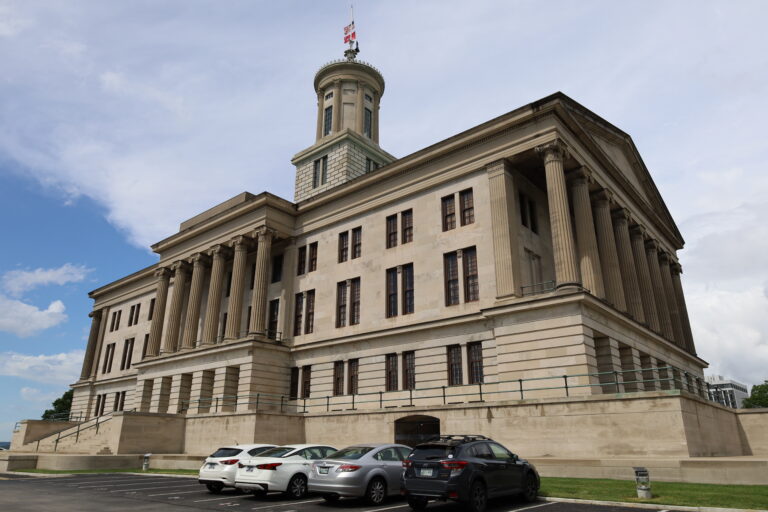

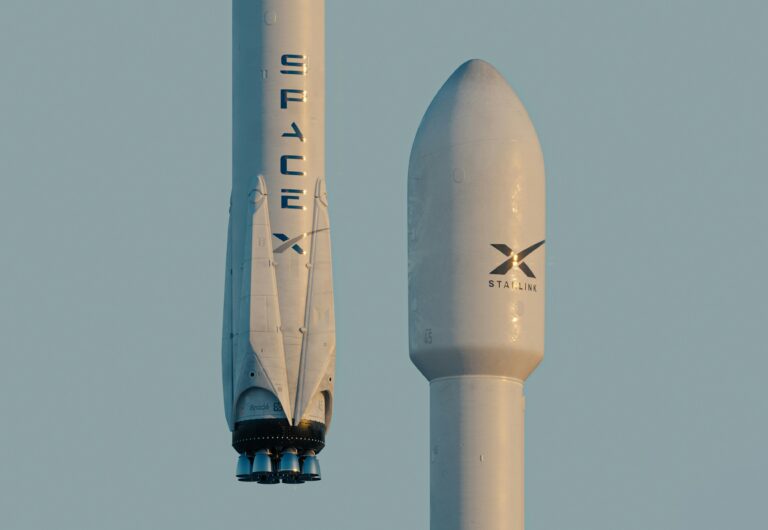
Daily News & Commentary
Start your day with our roundup of the latest labor developments. See all
April 26
Starbucks and Workers United resume bargaining talks; Amazon is ordered to disclose records; Alabamians support UAW’s unionization efforts.
April 25
FTC bans noncompete agreements; DOL increases overtime pay eligibility; and Labor Caucus urges JetBlue remain neutral to unionization efforts.
April 24
Workers in Montreal organize the first Amazon warehouse union in Canada and Fordham Graduate Student Workers reach a tentative agreement with the university.
April 23
Supreme Court hears cases about 10(j) injunctions and forced arbitration; workers increasingly strike before earning first union contract
April 22
DOL and EEOC beat the buzzer; Striking journalists get big NLRB news
April 21
Historic unionization at Volkswagen's Chattanooga plant; DOL cracks down on child labor; NY passes tax credit for journalists' salaries.